Why GEO Matters for Your Brand in 2026
Generative engines like ChatGPT, Google Gemini, Microsoft Copilot, and Claude are changing how people search. Instead of lists of links, they give direct, synthesized answers — meaning your content might be seen but not cited.
This is where Generative Engine Optimization (GEO) comes in. GEO ensures that when AI answers a question about your business, your brand is included. Without it, even high-quality content can be invisible in AI-powered discovery.
The shift is real: 27% of U.S. consumers now use chatbots over traditional search engines, and by 2026, Gartner predicts one in four searches will happen through generative AI.
Generative engines often deliver full answers, reducing clicks but amplifying the importance of brand citations, trust, and visibility. Brands that ignore GEO risk disappearing from the AI-first customer journey.
Just as SEO drove growth in the 2000s, GEO will define influence in the AI era. Being cited in AI answers isn’t optional — it’s essential for staying discoverable, trusted, and relevant.
Why Classic SEO Tools Won’t Help in Tracking GEO
Traditional SEO suites (Ahrefs, Semrush, Moz) were designed for search engines that list links — not for generative engines that synthesize one answer.
| Classic SEO Tools Track | Generative Engines Actually Do |
| Keyword rankings in Google/Bing | Pull insights from multiple sources |
| Backlink profiles & domain authority | Deliver a single, conversational reply |
| Click-through traffic from ranked pages | Decide whether to cite your brand or not |
The Gap That Appears
❌ SEO tools can’t show:
- If your brand was cited in an AI answer
- How your brand was described (positive/negative)
- Which competitors were mentioned instead
- Cross-engine differences (ChatGPT vs Gemini vs Perplexity, etc.)
Classic SEO = visibility in search results.
GEO = visibility inside AI answers.
That’s why brands now need GEO-specific platforms to track real presence and influence.
The Challenges in Generative Engine Optimization (GEO)
GEO opens new opportunities but also introduces hurdles that brands must address:
- Reduced traffic: AI answers may mention your brand without driving clicks. Visibility is about being cited, not just ranking.
- Context and intent: Engines read natural language and intent, so content must be conversational and direct.
- Citation-worthiness: To earn attribution, content must be clear, structured, accurate, and multi-modal. Otherwise, AI may use your insights without naming you.
- Multi-platform complexity: Tools like Gemini, Perplexity, Claude, and Copilot cite differently. Visibility on one doesn’t ensure visibility on another.
What to Look for in a GEO Tool 2026
GEO platforms vary in focus, so choosing the right one means looking at features that directly impact AI visibility. Based on industry research and our experience, here are the core criteria:
- AI visibility analytics – Tracks how engines like ChatGPT, Perplexity, and Gemini cite your brand, with share-of-voice metrics and result previews.
- Prompt & query discovery – Identifies user questions in your domain and generates relevant prompts. Quality matters more than sheer volume.
- Competitive gap detection – Compares your visibility with competitors and highlights missed citation opportunities.
- Sentiment insights – Some tools measure how your brand is portrayed in AI answers; still early, but useful for reputation tracking.
- Content optimisation – Provides AI-driven recommendations on topic gaps, structure, and real-time improvements.
- Technical diagnostics – Ensures AI crawlers can access and interpret your content (structured data, indexing checks).
- Real-time monitoring – Alerts you when your visibility shifts as AI results evolve.
- Integration & workflows – Links with CMS, analytics, and team systems; enterprise-level tools lead here.
- Usability & pricing clarity – GEO is still young; some tools are service-heavy with hidden costs. Transparent pricing and ease of use are key.
Leading Generative Engine Optimization (GEO) Tools
1. GoVISIBLE — AI Visibility Platform & VISIBLE™ framework
Generative Engine Optimization platform and operational framework that helps brands monitor → diagnose → action → measure how they appear inside AI answers.
Key features:
- Cross-engine visibility audit: Shows how your brand is cited (or missed) in major generative engines such as ChatGPT, Gemini, and Perplexity.
- Competitor benchmarking: Puts your visibility side by side with industry peers to highlight gaps.
- Action recommendations: Provides structured guidance to improve content and technical signals for AI discoverability.
- Operational framework: Built to integrate into enterprise processes (reporting, compliance, cross-team workflows).
Best for: Enterprise and mid-market teams that need a single, auditable system for GEO — especially those already investing in SEO/analytics and looking for continuity into AI-driven discovery.
Pricing & Access: Custom pricing available. Start with a Free Brand AI Visibility Audit or Contact Us for enterprise plans.
2. Profound
Profound helps brands monitor & optimize their visibility across AI-answer engines. It gives insights into what people are asking, how your brand is mentioned, how products are shown in AI shopping, and lets you act to improve your AI search presence.
Key features: Share‑of‑voice scoring; tone and phrase mapping; visualisations of the source’s models cited; competitive insights into narrative positioning.
Best for: Brands focused on reputation management and narrative control in AI answers.
Pricing: The paid plan starts at $499/month.
3. Otterly.ai
Otterly.ai is a tool for monitoring and optimizing brand visibility in AI-powered search (like ChatGPT, Google AI Overviews, Perplexity, etc.).
Key features: Detects brand mentions & URL citations; Prompt & keyword monitoring; Competitor/domain comparison; Dashboards, weekly reports & exports
Best for: Early exploration of AI‑friendly keywords in emerging niches.
Pricing: Paid plans start at $25/month.
4. AthenaHQ
AthenaHQ is one of the first purpose‑built GEO platforms. It helps brands monitor how they appear in AI‑generated responses. The tool pinpoints content gaps by showing when AI systems miss key facts about your business and offers an Action Center with next‑step recommendations. It currently focuses primarily on ChatGPT.
Key features: multi-engine citation tracking; Action Center with recommended fixes, alerting & reporting; Real-time monitoring of brand mentions.
Best for: Marketing teams needing a starting point to track AI citations and identify content gaps.
Pricing: The paid plan starts at $295/month.
5.Rankscale.ai
Rankscale is a GEO auditing and benchmarking tool that combines citation analysis, sentiment, and competitor benchmarking for AI results.
Key features: GEO audits; competitor citation comparison; citation timelines; sentiment & trend analysis.
Best for: Brands that want comprehensive audits and competitive benchmarking of AI visibility.
Pricing: Plan starts at $20/month.
6. Peec.ai
Peec monitors how often a brand is mentioned in AI‑generated answers and breaks down which platforms (e.g., Twitter, Wikipedia) influence those answers.
Key features: Cross‑source mention tracking; influence source mapping; Monitors visibility trends & alerts for changes in performance.
Best for: Teams wanting fast insight into where AI pulls information about their brand.
Pricing: The plan starts at $89/month.
7. ZipTie
ZipTie specializes in monitoring brand appearances in AI responses across and shows competitor appearances in the same results. The platform offers an “AI success score” to highlight queries that work best.
Key features: Tracks AI search visibility across multiple platforms; Auto-generates or customizes queries for monitoring; Detects brand mentions, URL citations & sentiment;
Best for: Brands targeting multiple regions that need a high‑level view of AI visibility.
Pricing: Basic Package starts at $179/month
8. AI Monitor
AI Monitor is a Generative Engine Optimization (GEO) tool that helps brands track how they’re seen in AI-powered search / large language model responses. It monitors brand mentions, visibility, sentiment, and competitor performance
Key features: Brand mention & sentiment tracking across AI platforms; Visibility scoring & competitor benchmarking; Real-time alerts and analytics on AI citations
Best for: Organisations, Startups, and agencies that need real-time visibility, sentiment tracking, and competitor benchmarking across AI platforms.
Pricing: The plans start at $19
9. ScrunchAI
Scrunch is an AI Search / Generative Engine Optimization platform that shows you how your brand is seen by AI-search agents (ChatGPT, Google AI, Gemini, Perplexity, etc.). It gives visibility into prompts, topics & personas, tracks competitor presence, and sources citations.
Key features: User‑intent simulation; citation credibility scoring; misinformation flags; technical crawl checks to identify whether pages are accessible to AI models.
Best for: Teams needing an all‑in‑one solution for both content and technical GEO.
Pricing: The paid plan starts at $300/month.
10. Semrush (AI-enhanced modules)
A traditional SEO suite that integrates AI-enhanced keyword research, intent analysis, and content planning that can support GEO efforts.
Key features: intent-driven keyword research; trend & difficulty metrics; content planning assistance and on-page recommendations.
Best for: Teams bridging SEO and GEO who already use Semrush for organic planning.
Pricing: $99/month per domain. Higher limits are available on Guru and Business plans.
11. Ahrefs (Brand Radar) – AI‑aware features
An established SEO suite extended with brand‑ and AI‑aware features that help surface trends and long‑tail opportunities relevant to GEO.
Key features: Expanded keyword and phrase discovery assisted by AI; trend detection; extensions for monitoring brand mentions in AI search results.
Best for: SEO teams looking to adapt existing Ahrefs workflows to include AI search visibility signals.
12. Writesonic
Writesonic is a content-first platform that pairs fast, AI-driven content generation with built-in GEO/AI-visibility features (prompt-level tracking and answer-first templates). It lets teams produce citation-ready snippets quickly while monitoring basic AI answer visibility and competitor signals.
Key features: answer-first content templates; brand presence explorer; prompt tracking; content optimization suggestions for short, citation-ready snippets.
Best for: Growth and content teams that want fast, answer-ready content plus integrated, lightweight GEO monitoring without onboarding a separate enterprise platform.
Pricing: The paid plan starts at $199/month.
13. DeepSERP
Technical archival and forensic tools that capture AI answers over time, enabling historical comparison and citation forensics.
Key features: answer archiving; citation snapshots; change/delta comparisons across model versions; exportable evidence logs.
Best for: Technical teams performing citation forensics, compliance checks, or longitudinal analysis of model outputs.
Pricing: The paid plan starts at $99/month.
How Much Do GEO Tools Cost?
Pricing for GEO tools varies depending on features, scale, and support:
- Starter plans: Typically cover basic monitoring and prompt suggestions at lower monthly costs.
- Growth platforms: Mid-tier options add competitor tracking, reporting, and deeper analytics.
- Enterprise solutions: Custom packages often include integrations, multi-team workflows, and dedicated support.
Since GEO is an emerging category, some providers publish transparent subscription pricing, while others operate on a quote-based model. The key is to match investment with your organisation’s goals — whether light monitoring, agency-level reporting, or enterprise-wide integration.
Conclusion
Generative engine optimisation is the next frontier for digital visibility. With traditional search traffic declining and AI tools increasingly delivering direct answers, brands must adapt their content strategies. GEO is not just about using a tool; it requires understanding how AI engines retrieve, synthesise and cite information, and then structuring your content to fit those patterns. By investing in GEO now, marketers can position their brands to be the trusted answer in a world where AI‑first discovery dominates.
Frequently asked questions (FAQ)
-
- How does GEO relate to SEO?
GEO is not a replacement for SEO but rather an evolution of it. The fundamentals of search optimisation—clear structure, authoritative content and technical hygiene—remain essential. GEO extends those principles to AI‑driven search experiences by ensuring that your content is conversational, well‑structured and easily cited by generative models. - Will GEO drive traffic to my website?
Not directly. By design, generative engines answer the user’s question without requiring clicks. However, appearing in AI answers keeps your brand top‑of‑mind and increases trust. Over time, this can influence demand generation and conversions through other channels (e.g., direct visits, branded search, referrals). Thus, GEO is a visibility and brand‑equity strategy, not a direct traffic generator. - What about hallucinations and misinformation?
Generative models sometimes provide incorrect or outdated information. Choose tools that can flag hallucinations and maintain a proactive program of content auditing and correction. Monitor how AI engines talk about your brand and correct errors through your own content and external sources. - Is GEO just a fad?
Unlikely. Generative AI is becoming embedded in search engines, voice assistants and productivity tools. As more queries are answered directly by AI, optimising for these engines will be a core marketing discipline.
- How does GEO relate to SEO?

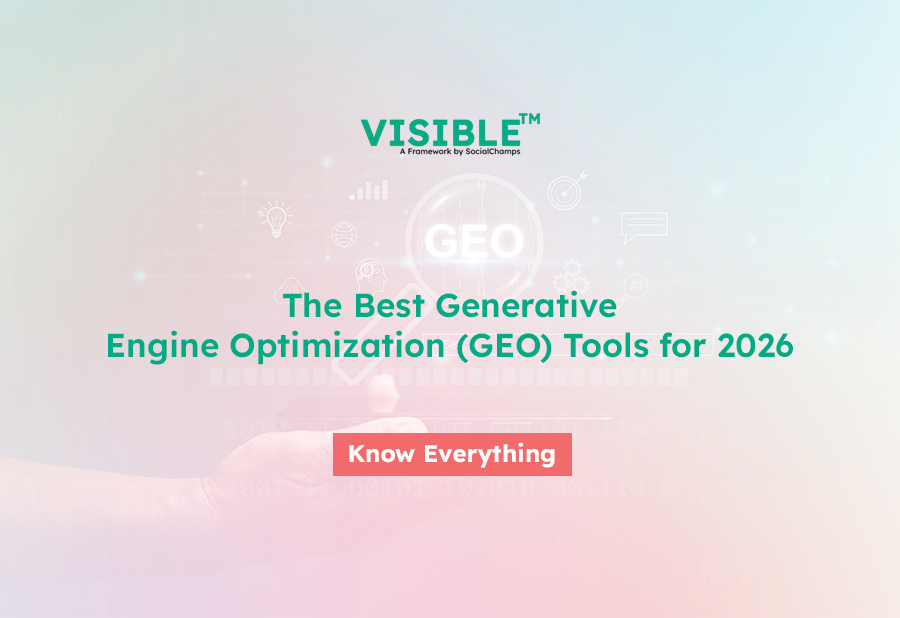
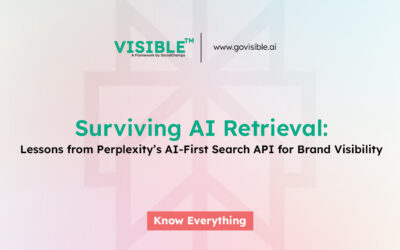
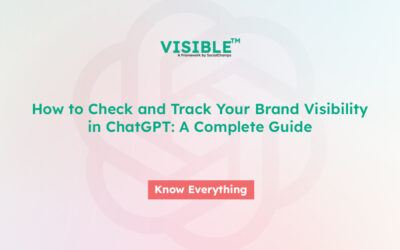
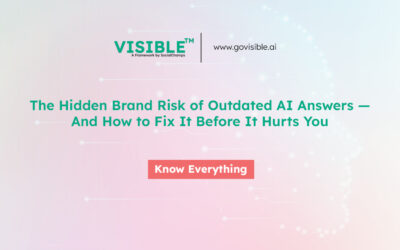
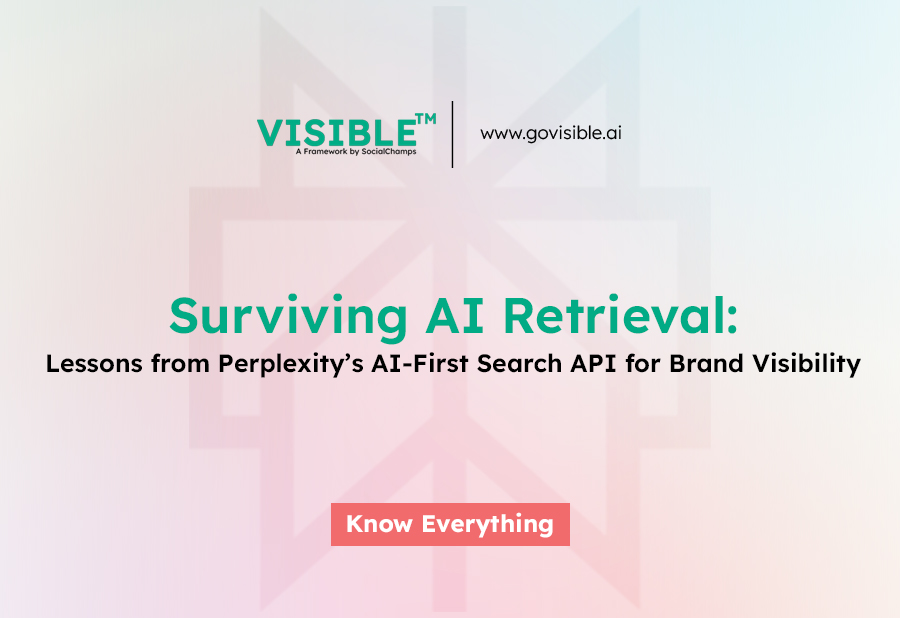
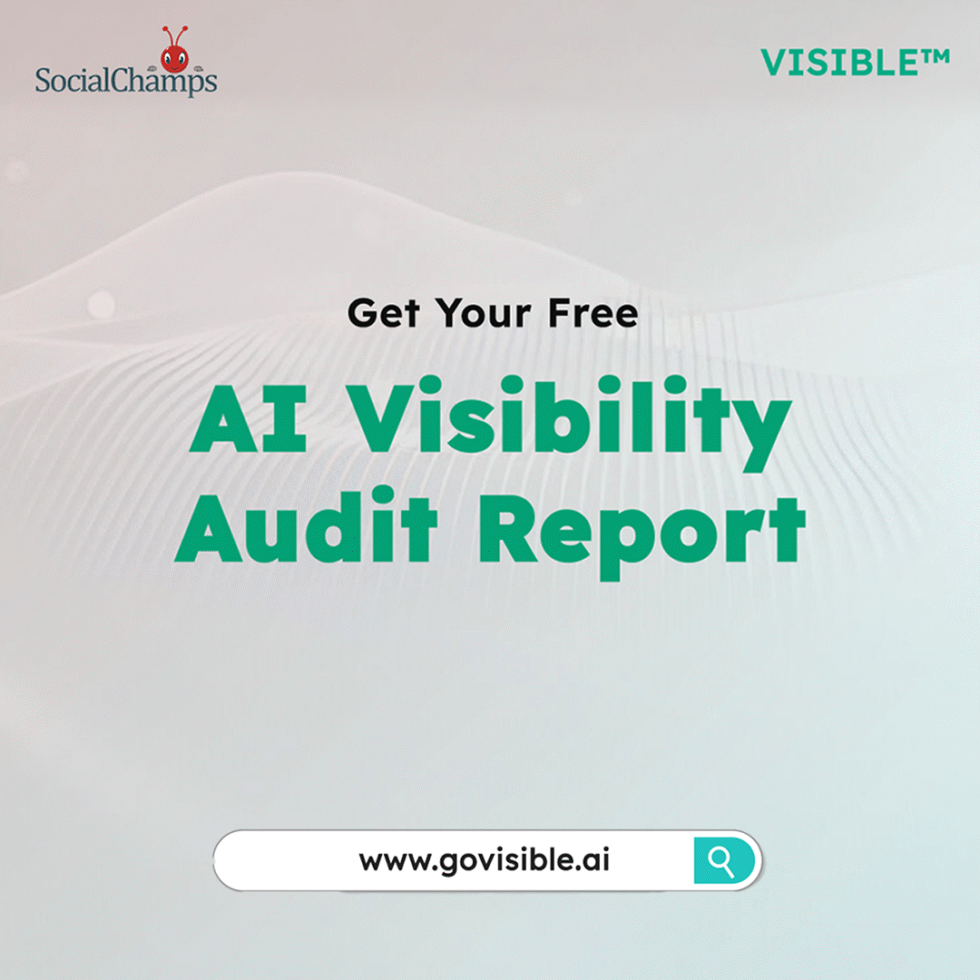
0 Comments